Results for "Smithsonian Institution. Assistant Secretary for Education and Cultural Programs"

A Window into the Grand Tour: Traveling in the Style of James Smithson
- Date: December 4, 2012
- Description: A new exhibition offers a chance to explore the world of Grand Tour travel in the late eighteenth century, similar to that experienced by the Smithsonian’s own founding donor, James Smithson.
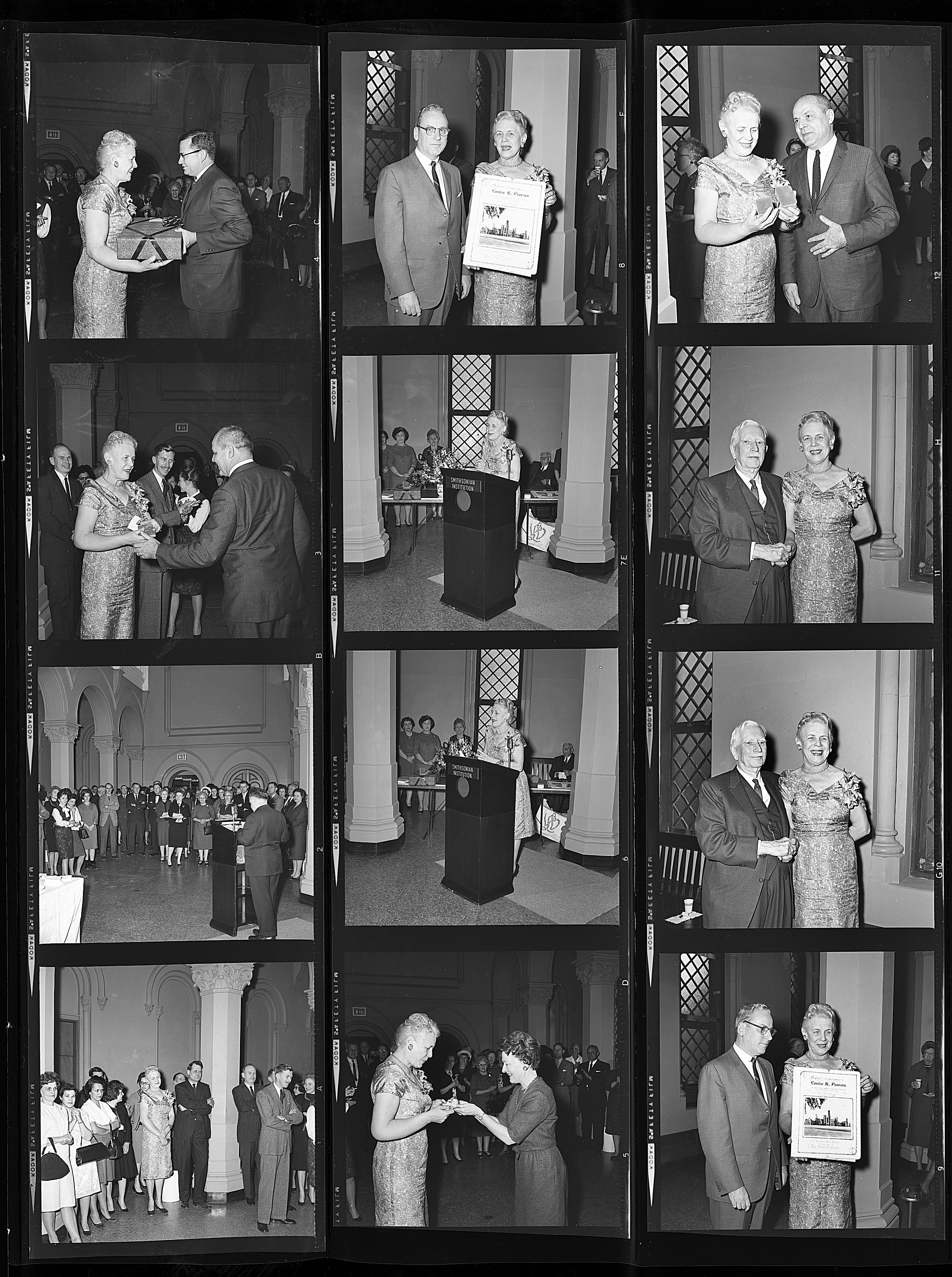
Wonderful Women Wednesday: Louise M. Pearson
- Date: April 20, 2022
- Creator: Emily Niekrasz
- Description: Each week, the Archives features a woman who has been a groundbreaker at the Smithsonian, past or present, in a series titled Wonderful Women Wednesday.
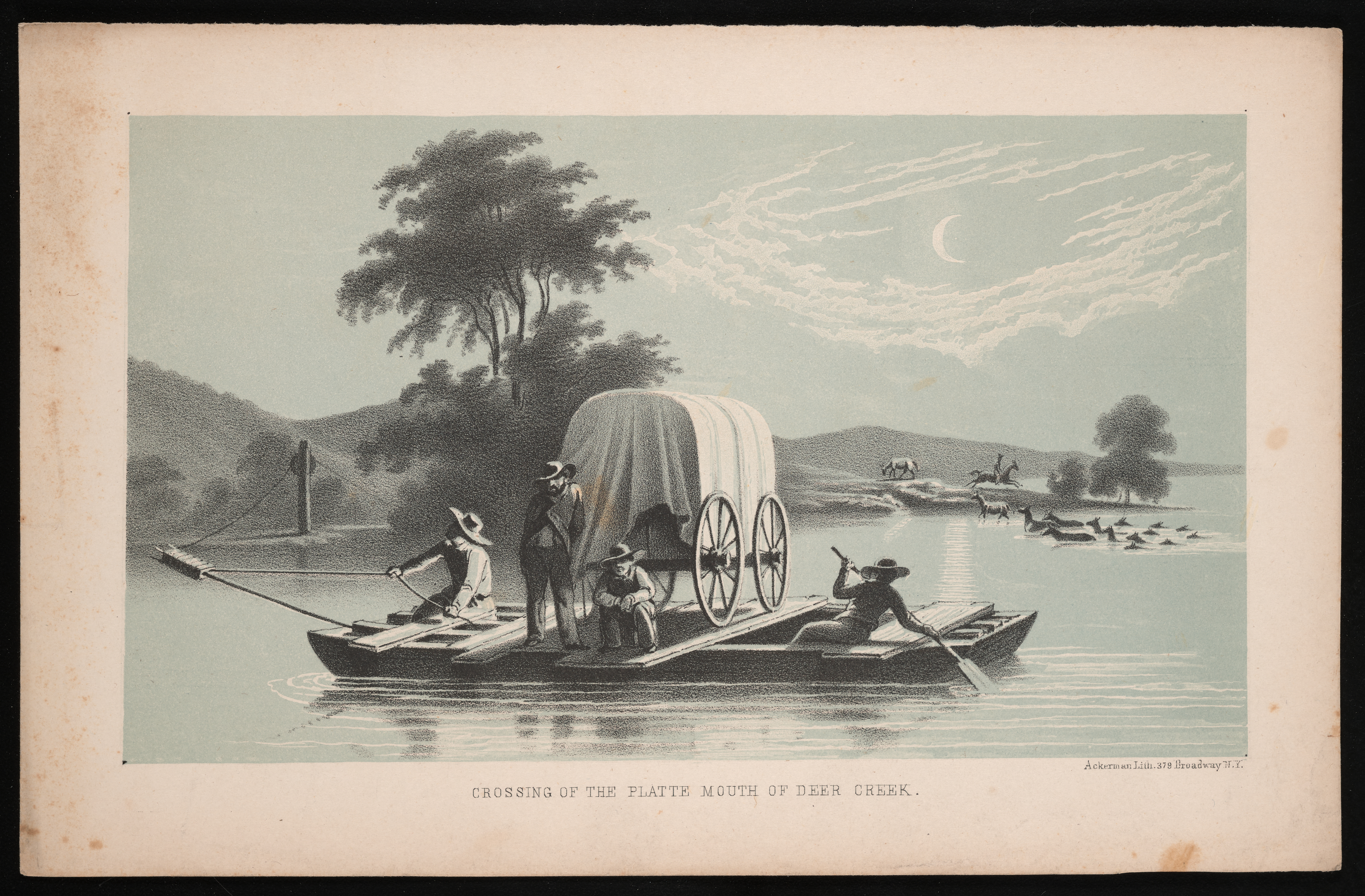
Collection Highlights: New Additions to the Archives Website
- Date: July 13, 2021
- Creator: Tammy L. Peters
- Description: See new collection highlights posted to the Smithsonian Institution Archives website.
- Blog Post
The “Enigmatic” First Artist-In-Residence at the Smithsonian
- Date: June 7, 2016
- Creator: Effie Kapsalis
- Description: Late 2015, the beta version of the Smithsonian’s Learning Lab, a new digital platform providing access to digital resources across the Smithsonian alongside tools for teachers and students, launched. I was delighted to see a related social media update hinting at some of the discoveries to be had with the Learning Lab, one of which showed Saul Steinberg drawings on Smithsonian

Assessing File Format Risk for Born-Digital Preservation Planning
- Date: August 3, 2021
- Description: In addition to physical damage and deterioration of storage media, the technological complexity and dependency of electronic records make them uniquely vulnerable to loss, corruption, and alteration (both accidental and malicious). To achieve long-term preservation of fragile born-digital materials, digital archivists need a plan.
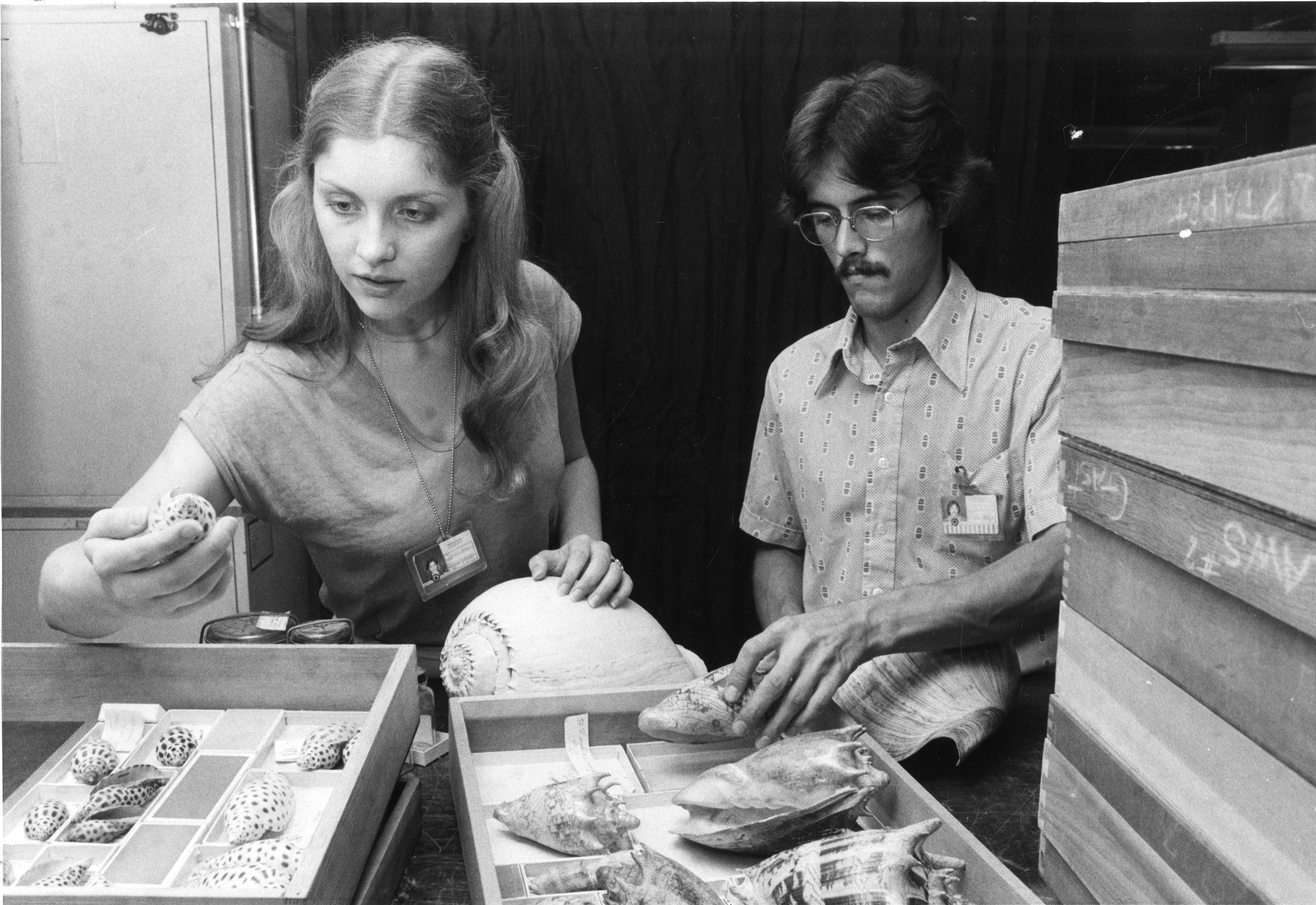
Happy 2019! The Archives Takes a Look Back at a Busy 2018
- Date: January 1, 2019
- Creator: Emily Niekrasz
- Description: Before the Archives gears up for new projects in 2019, we’re looking back at our accomplishments and highlights in 2018.
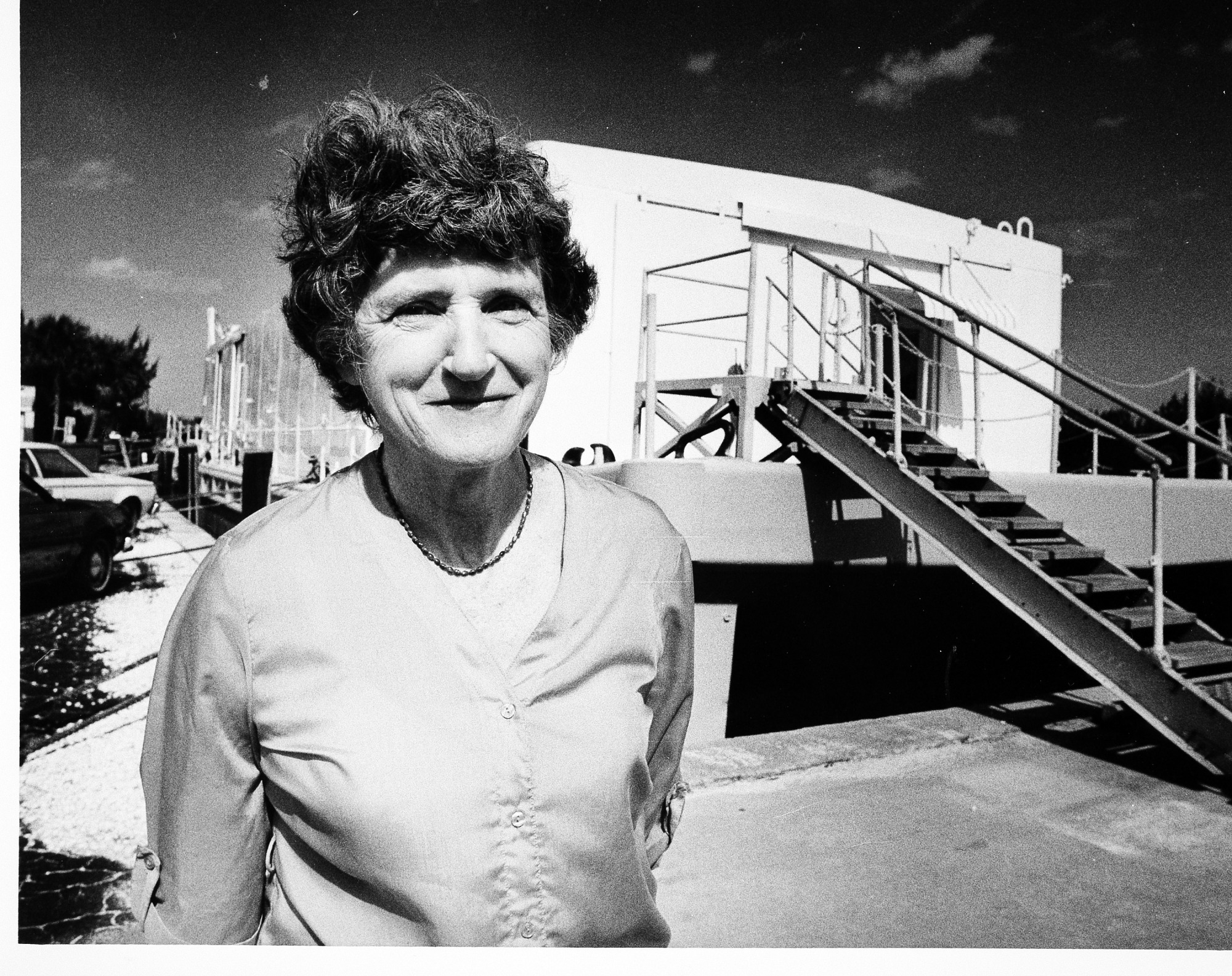
Women Managing the Smithsonian
- Date: March 17, 2020
- Description: Meet some of the women who have managed aspects of the Smithsonian since the 1850s.
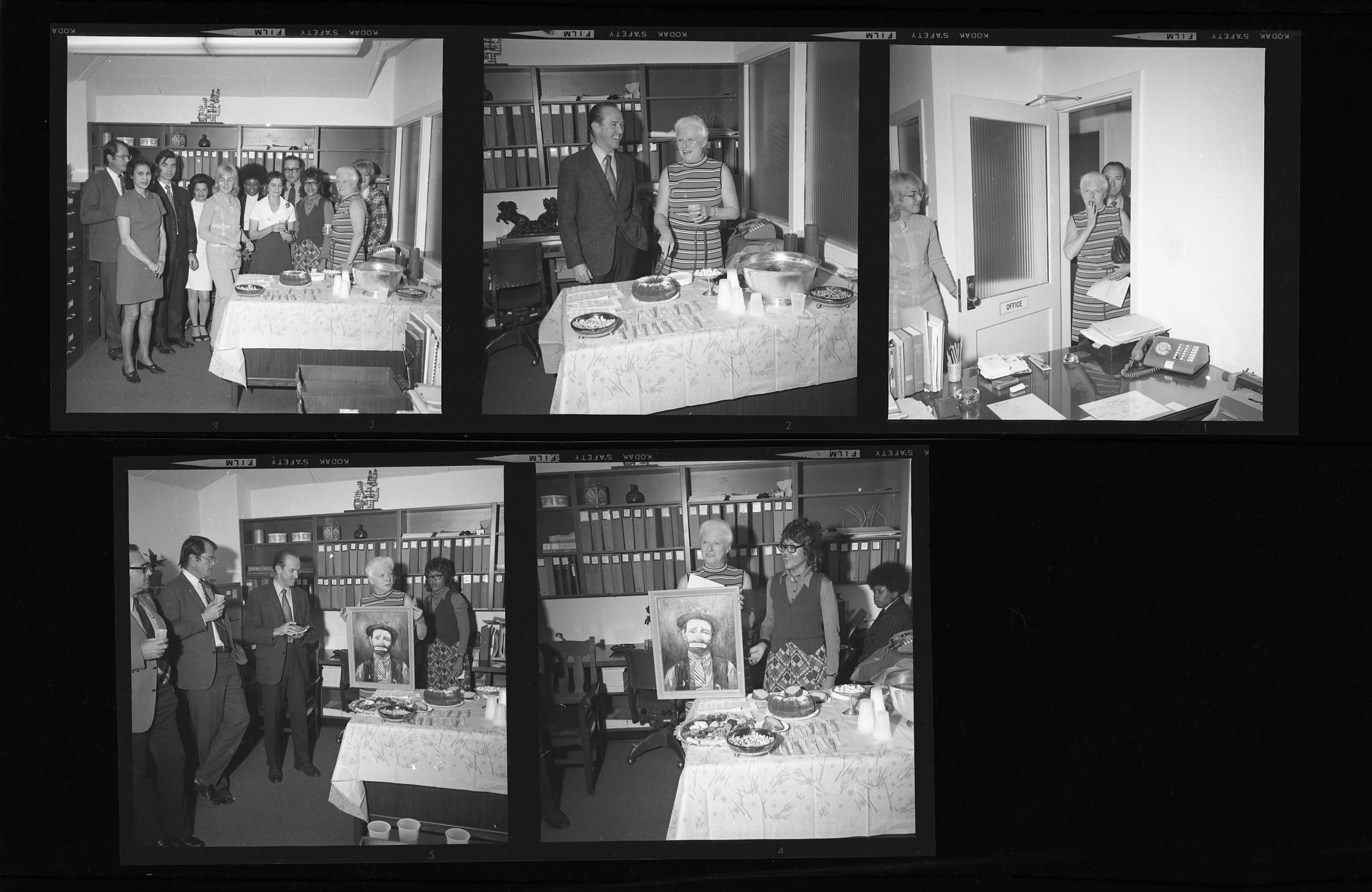
Wonderful Women Wednesday: Ann S. Campbell
- Date: March 2, 2022
- Creator: Emily Niekrasz
- Description: Ann S. Campbell was one of the first women managers at the Smithsonian. Between 1968 and 1980, she directed the Management Analysis Office, responsible for surveying the Institution’s offices on their objectives, staffing, and function and developing any necessary operational changes. Under Campbell, the office was also tasked with issuing Smithsonian directives, including
- Blog Post
See Here: 3/9/2010
- Date: March 9, 2010
- Creator: The Bigger Picture
- Description: [caption id="" align="aligncenter" width="411" caption="Visitors viewing "Transparent Woman" at the opening of the Hall of Health. This display was part of the Exhibits Modernization Program and was located in the Arts and Industries Building. Assistant Secretary A. Remington Kellogg is the second from the right. Using electronics, sound, and light, the figure of a woman
Challenges of Appraising Records in the Digital Age
- Date: October 12, 2012
- Creator: Jennifer Wright
- Description: With the proliferation of records maintained electronically, appraisal has become more challenging and time-consuming.

Growing a National Museum – the Curators’ Annual Reports
- Date: May 19, 2016
- Creator: Ricc Ferrante
- Description: The United States National Museum Curators’ Annual Reports will be added to the Smithsonian Transcription Center, beginning the first week of June.
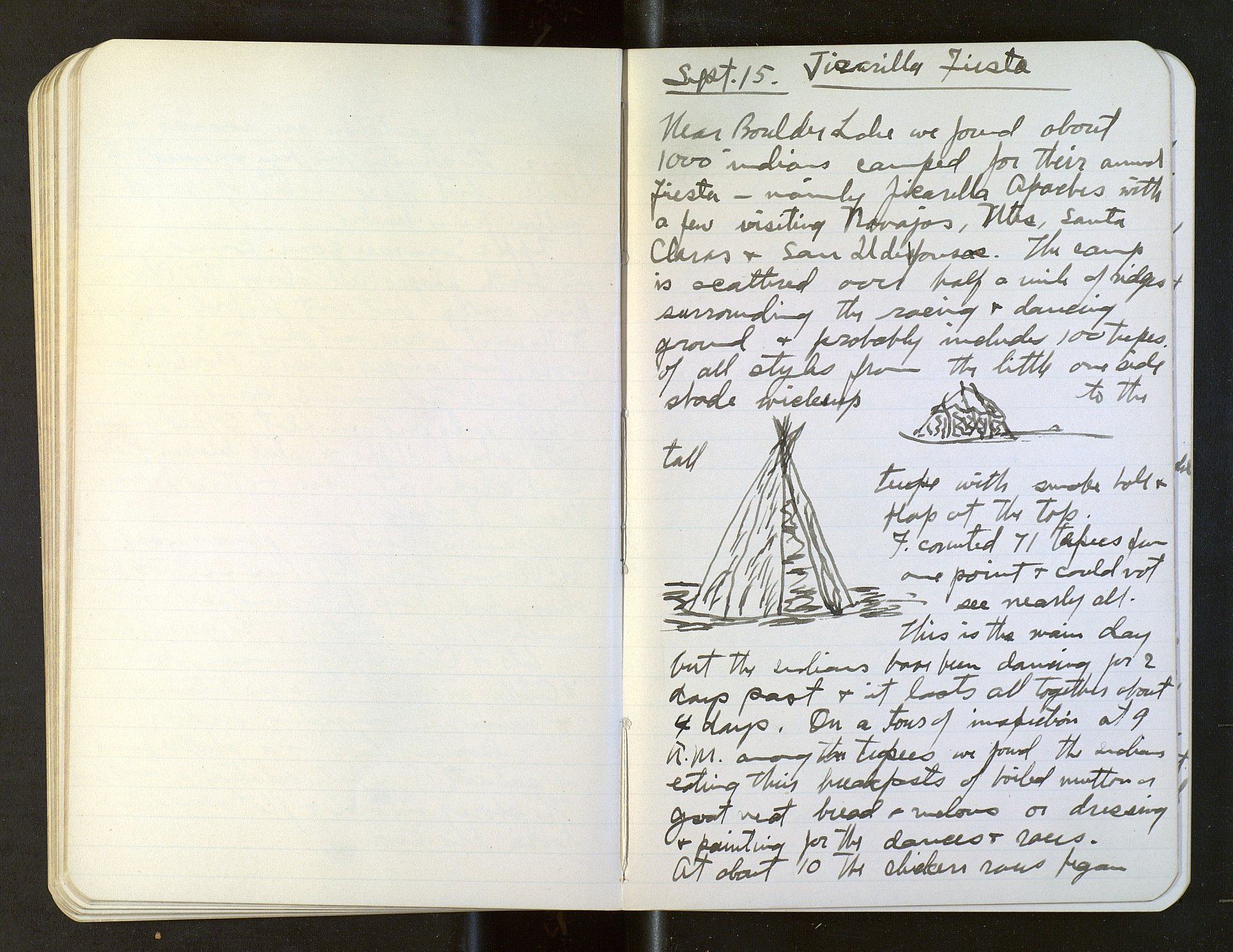
Pursuing Knowledge in Unfamiliar Country
- Date: November 15, 2018
- Creator: Ricc Ferrante
- Description: In mid-19th century America, some believed that world-class discoveries came exclusively from Europe. But early Smithsonian leaders had a sense of urgency to disseminate an authoritative body of knowledge, pursue further discoveries, and provide a deeper understanding to the public at a time when American society was changing.
